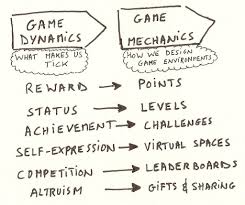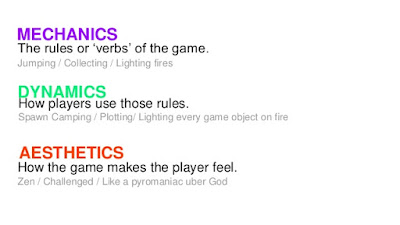Before we delve into this topic...why do I call this Onboarding?
Onboarding is the process of acclimating and welcoming new employees into an organization and providing them with the tools, resources, and knowledge to become successful and productive. To me, this process is just as necessary for students beginning a new online course as it is for new employees.
So...what tools, resources, and knowledge do students need to become successful and productive in an online environment?
Technology Basics
Not all adults enter an online course with the same skills.Over the last year, for example, I "onboarded" twenty-something adults who were unsure of how to copy and paste a link into another tab. Others did not know how to scroll. Yet others were unfamiliar with graphics as links. Balance this with adults - often older - who are already asking for ideas as to video recording software and editing software..and I believe I can safely say that my adult students possess skills from one end of the spectrum to the other......which makes instructional design a very interesting process. Basic technology skills are important, but can easily be learned.
In fact, these are the first skills I focus on...individually with students...one we make ti to the actual Onboarding. But first, students need to reach the onboarding stage.
Pre-onboarding (aka Onboarding 000)
In a face-to face course the students need to appear that first day of class so they an meet each other, meet the faculty, find the building and the classroom....
In online courses, students need to log in.
Sometimes they need a gentle nudge, something that makes them want to log in. Now part of me says, "Come on! They're adults! They should know they need to log in. After all, if this were a face-to-face class, they would attend!" Online courses are much easier to block from our subconscious as we tell ourselves we will log in later...or tomorrow...or on the weekend.
What most adults do not realize is that online courses require more time on their part than face-to-face courses do. Often they cannot wait until the weekend to begin a course but need to log in as soon as possible.
Persuading students to log in is a task that, honestly, I still struggle with. Many students like to access the course site early-sometimes just to see what is expected and other times to plan ahead. To accommodate them, I try to open my courses three weeks prior to the first day of the semester. When I first open the course, I send an email announcement to all students:
The above announcement went out on August 2...for a class beginning August 21. The majority of the students at least logged in to look at the course.
We use Canvas for our LMS, and Canvas has this wonderful Scheduling function through the calendar what allows me to post hours I am available and have students schedule appointments with me through Canvas, saving a flurry of emails...and much time.
This is the Scheduler message and, yes, I am currently teaching 6 courses:
Five students scheduled onboarding sessions with me before the class officially began. These students also started posting in the course before the official start of class.
So...five students "checked out the classroom" before the first day of class. :-) Twenty-nine of the 34 students enrolled scheduled their onboarding meeting, equating to 85% of my students making it to their first class meeting.
I suppose I should mention that I sent three reminder emails, gently urging them to schedule this onboarding meeting..before the end of the first week of the semester.
Once students log in, they see the following HOME PAGE:
Once they click on START HERE, they are taken to a welcome module that introduces them to the LMS, to the course, and urges them to schedule that Onboarding session with me...ASAP:
Following these instructions offers the first snag. Some students gloss over the instructions regarding NOT using a cell phone, iPad, or a tablet, and others ignore the advice regarding using a router rather WIFI. Students who do not follow instructions frequently find themselves unable to maintain a solid internet connection, and screen sharing becomes difficult, if not impossible. What we do during the onboarding requires they share their screen, so this preparation is crucical to the onboarding success.
My Onboarding Session Agenda
The loose agenda includes a tour of Canvas in general, the course Canvas site, and the major assignments. This session has lasted anywhere from 10 minutes 2 hours. . . ...and in some instances when students did not "attend" prepared (such as attending through a cell phone), the session was postponed to another day....which leads us back toPre-boarding take 2 . . .
So.....how do we emphasize the importance of following instructions when working with online students? I suppose that until they understand why they need to do so (such as the student whose wifi kicked him off 7 times, reducing our one hour of time to approximately 30 minutes), instructions may be ignored. I will add that students who had to reschedule attended better prepared the next time, but that meant they lost a week of instruction and interaction.The Cure?
I suppose the only cure is to allow them to "fail," something I really hate to see. This does not mean that they fail the course, but they do not have that initial jump on the course that some of their classmates get. Experience has shown me that many of the students who use wifi rather than the router, who avoid headsets with mics and headphones, continue these behaviors throughout the semester, replicating the same events as before. Perhaps it doesn't bother them. Perhaps they don't see the impact......
Perhaps there is no "cure," just trying to education them in the "why" and hoping to insprie them to care.
Sometimes teaching online can be very frustrating for all of us. . . . .























